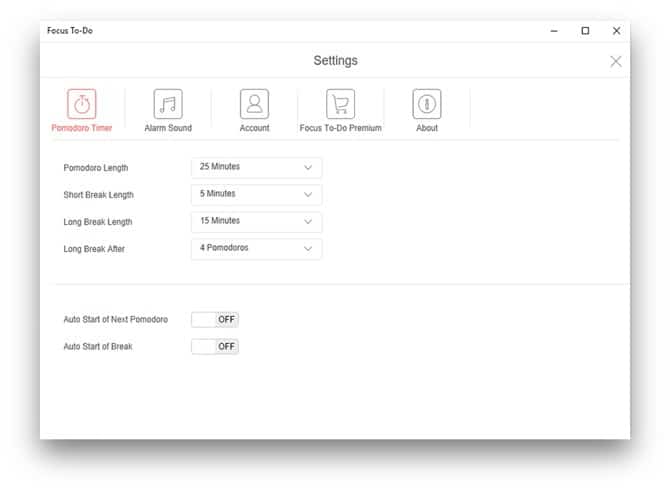

Career goals: “Build a profitable business”, “Turn your passion into a career.”.We’ll discuss an exact strategy to set and complete long-term goals later in this article.īefore that, let’s go over a few examples of long-term goals: They aim to permanently resolve issues and reach and maintain success over a continued period. Long-term planning involves goals that take a longer time to reach and require more steps they usually take a minimum of a year or two to complete. For easier planning, check out Online planner templates too. 💡 If you need help with setting short-term goals, these articles can come to the rescue: How to plan your day and stay organized & How to make productivity plan in five easy steps. Marketing goals: “Increase brand awareness”, “Boost website traffic.”.Financial goals: “Pay off the debt”, “Get a raise before the end of the year.”.Personal development goals: “Start going to bed before midnight”, “ Track your time for a month”, “Join a gym.”.Academic goals: “Take another marketing course”, “Pass the AP Statistics exam.”.Career goals: “Apply for a job”, “Make a website for your business.”.Here are some examples of short-term goals, divided into five categories: career, education, personal development, finances, and marketing. Sometimes “as soon as possible” takes a day, sometimes 6 months, depending on the complexity of the issue. That type of planning requires you to look at the current situation and fix potential issues as soon as possible.

Your daily, weekly, monthly, even quarterly and yearly goals – all can be filed under “short-term goals.” They are stepping stones that will help you to reach your big goal(s). Short-term planning is usually considered to take 12 months or less. Let’s start by defining what long-term and short-term planning are. What are long-term and short-term planning?

The difference between long-term and strategic planning.Key differences between long-term and short-term planning.What are long-term and short-term planning?.


 0 kommentar(er)
0 kommentar(er)
